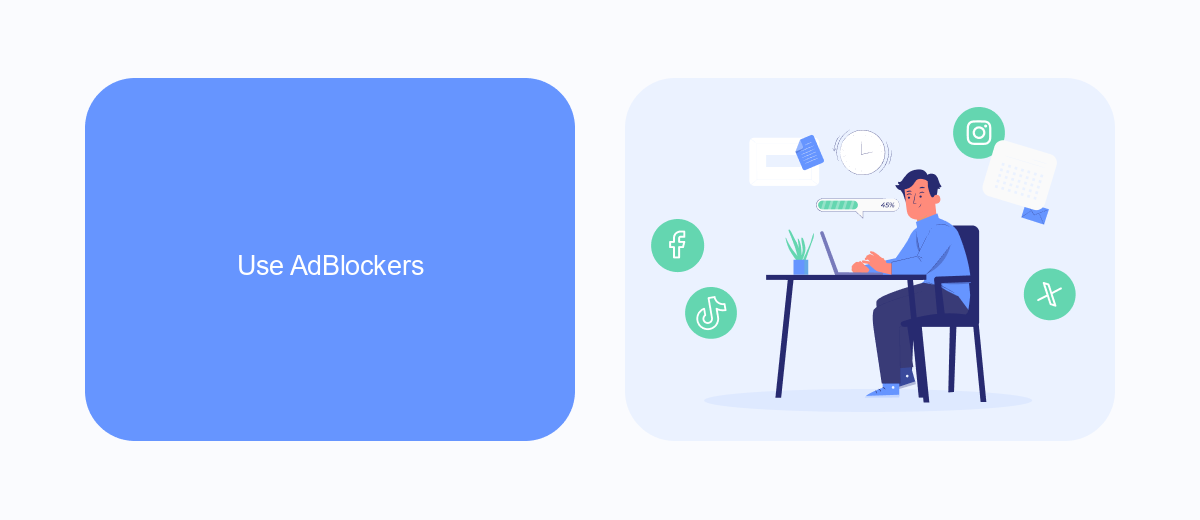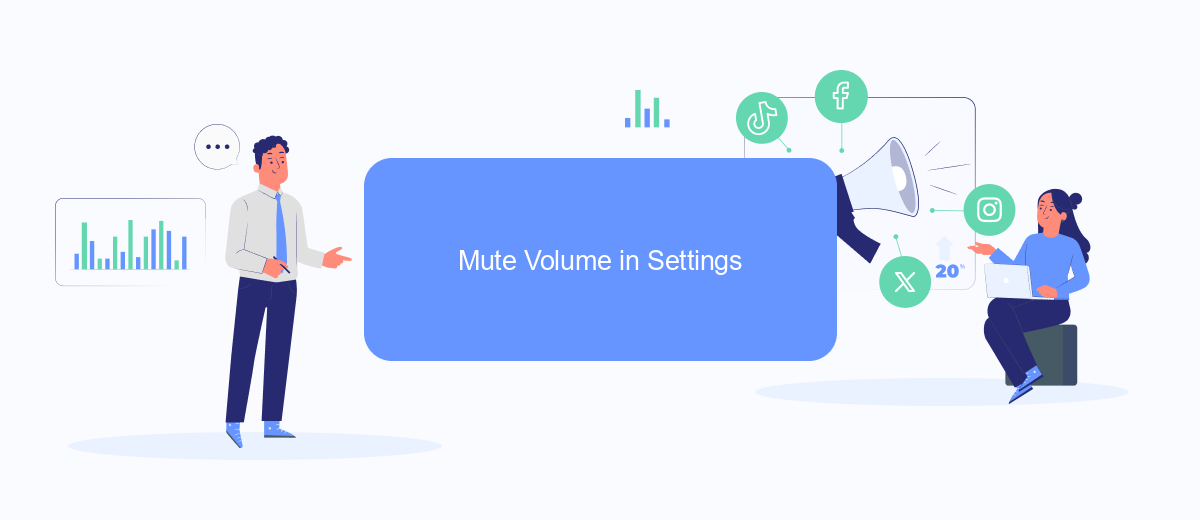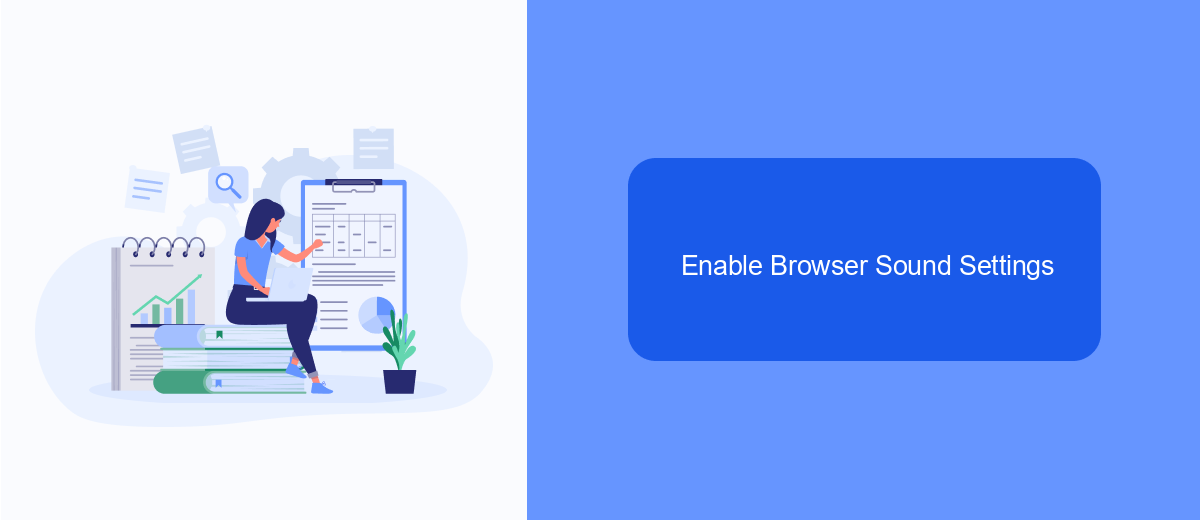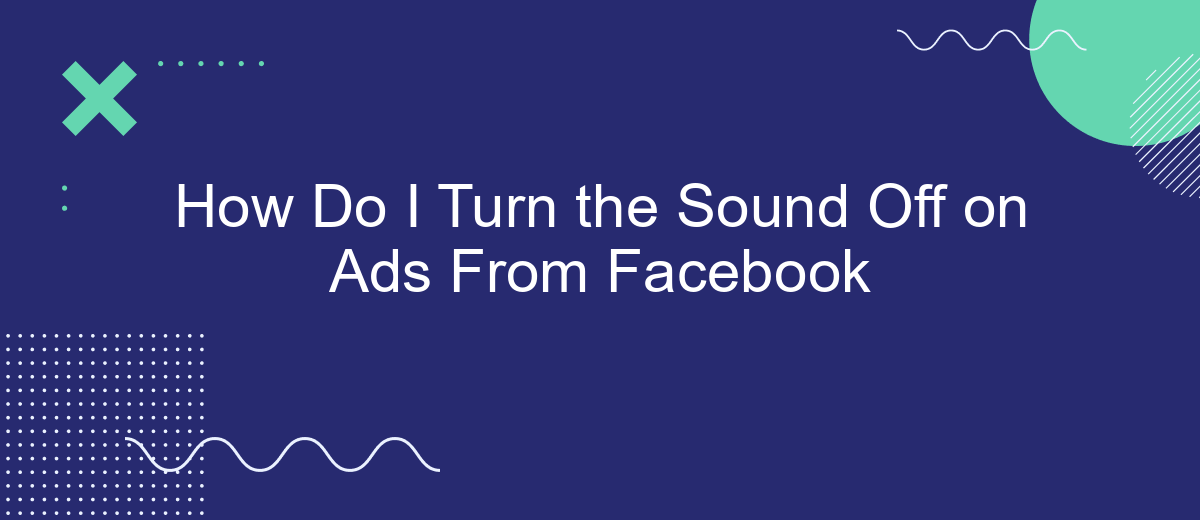Are you tired of the sudden blare of sound from ads while scrolling through Facebook? You're not alone. Many users find these unexpected audio interruptions frustrating. Fortunately, there are effective ways to mute these ads and enjoy a quieter browsing experience. In this article, we'll guide you through simple steps to turn off the sound on Facebook ads.
Disable Sound on Facebook Ads
Turning off the sound on Facebook ads can greatly enhance your browsing experience, especially if you find the audio disruptive. Fortunately, Facebook provides options to manage the sound settings for ads. Here’s a simple guide to help you disable the sound on Facebook ads.
- Open the Facebook app or navigate to the Facebook website on your browser.
- Click on the menu icon (three horizontal lines) and go to "Settings & Privacy."
- Select "Settings" and scroll down to the "Media and Contacts" section.
- Find the "Videos and Photos" option and click on it.
- Toggle off the "Videos in News Feed Start With Sound" setting.
For those using advanced integrations, services like SaveMyLeads can help manage and automate your Facebook ad settings, including sound preferences. SaveMyLeads allows for seamless integration with Facebook, ensuring that your ad experience is customized to your liking without manual adjustments.
Use AdBlockers

One effective way to turn off the sound on ads from Facebook is by using ad blockers. Ad blockers are browser extensions or applications that prevent ads from displaying on web pages, thereby silencing any unwanted audio. Popular ad blockers such as AdBlock, uBlock Origin, and AdGuard can be easily installed on most web browsers. Once installed, these tools not only mute the sound but also improve your overall browsing experience by reducing clutter and speeding up page load times.
For those who want to take their ad-blocking capabilities even further, integrating advanced services like SaveMyLeads can be beneficial. SaveMyLeads allows for seamless integration with various tools and platforms, ensuring that your ad-blocking preferences are consistently maintained across different devices and browsers. By setting up these integrations, you can automate the process of muting or blocking ads, giving you a more streamlined and uninterrupted online experience. This approach not only enhances your privacy but also provides a more pleasant and focused browsing environment.
Mute Volume in Settings

Muting the volume of ads on Facebook can significantly enhance your browsing experience, especially if you find the ads disruptive. By adjusting your settings, you can easily mute the sound on these ads and enjoy a quieter social media experience. Here's a simple guide to help you achieve this:
- Open the Facebook app on your mobile device or go to the Facebook website on your computer.
- Navigate to the settings menu by tapping on the three horizontal lines (menu icon) in the bottom right corner on mobile or the top right corner on the web.
- Scroll down and select "Settings & Privacy," then tap "Settings."
- Under the "Settings" menu, find and select "Media and Contacts."
- Look for the "Videos and Photos" section and tap on it.
- Toggle the switch next to "Videos in News Feed Start With Sound" to the off position.
By following these steps, you can mute the volume of ads on Facebook and enjoy a more peaceful browsing experience. If you are looking for more advanced integration settings or services to automate your social media management, consider using SaveMyLeads. This platform allows you to streamline various tasks, including managing ad settings, to ensure a seamless and efficient workflow.
Enable Browser Sound Settings

Managing sound settings for ads on Facebook can be a bit tricky, especially if you want to control the sound directly from your browser. Ensuring that your browser's sound settings are correctly configured can help you manage the audio of Facebook ads more effectively.
First, you'll need to access your browser's sound settings. This process may vary slightly depending on the browser you are using. Below are the steps for some of the most common browsers:
- Google Chrome: Go to Settings > Privacy and security > Site Settings > Sound, and then you can manage sound permissions for different sites.
- Mozilla Firefox: Navigate to Options > Privacy & Security > Permissions > Autoplay, where you can set sound permissions for websites.
- Microsoft Edge: Open Settings > Site permissions > Media autoplay, and adjust the settings as needed.
- Safari: Go to Preferences > Websites > Auto-Play, and choose the desired setting for Facebook.
In addition to configuring your browser settings, consider using integration services like SaveMyLeads to manage your Facebook ad settings more efficiently. SaveMyLeads can help automate and streamline your ad management processes, ensuring that you have greater control over your ad settings, including sound preferences.
Contact Facebook Support
If you have tried all the troubleshooting steps and still can't turn off the sound on ads from Facebook, it might be time to contact Facebook Support. To reach out to them, navigate to the Facebook Help Center and select the appropriate category that matches your issue. You can use the search bar to look for solutions or browse through the available topics. If you can't find the answer, click on the "Get Help" button to submit your query directly to Facebook Support.
For those who use third-party services to manage their Facebook ads, such as SaveMyLeads, contacting their support team can also be beneficial. SaveMyLeads offers seamless integration with Facebook, and their support team can provide specialized assistance in troubleshooting ad issues, including sound settings. Visit the SaveMyLeads website and access their support section to get help from their knowledgeable team. This dual approach ensures that you get comprehensive support for resolving any sound-related issues on your Facebook ads.
- Automate the work with leads from the Facebook advertising account
- Empower with integrations and instant transfer of leads
- Don't spend money on developers or integrators
- Save time by automating routine tasks
FAQ
How do I turn off the sound on Facebook ads?
Can I permanently mute ads on Facebook?
Is there a way to automate muting Facebook ads?
Why do Facebook ads have sound by default?
Can I report ads with loud or intrusive sound on Facebook?
You probably know that the speed of leads processing directly affects the conversion and customer loyalty. Do you want to receive real-time information about new orders from Facebook and Instagram in order to respond to them as quickly as possible? Use the SaveMyLeads online connector. Link your Facebook advertising account to the messenger so that employees receive notifications about new leads. Create an integration with the SMS service so that a welcome message is sent to each new customer. Adding leads to a CRM system, contacts to mailing lists, tasks to project management programs – all this and much more can be automated using SaveMyLeads. Set up integrations, get rid of routine operations and focus on the really important tasks.

